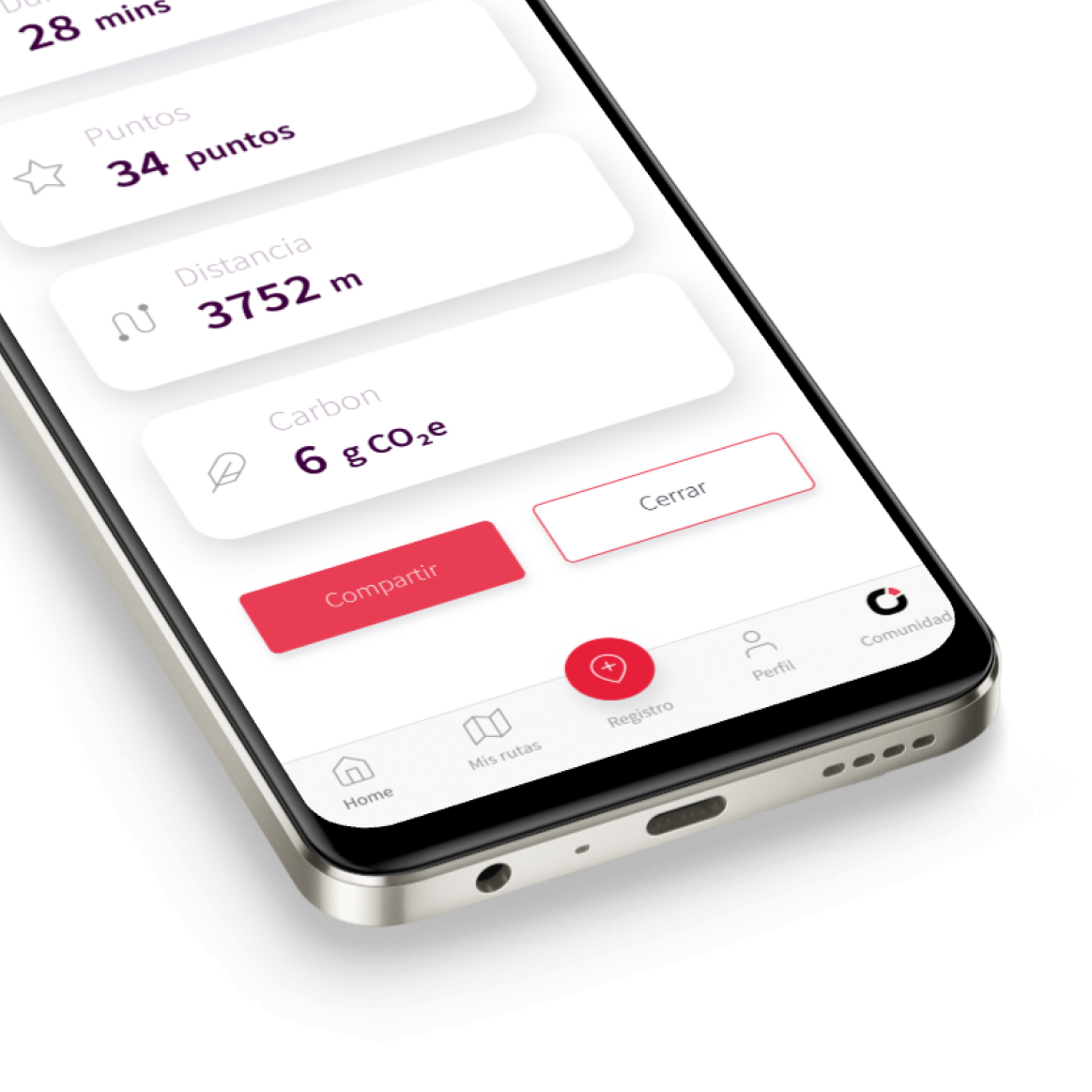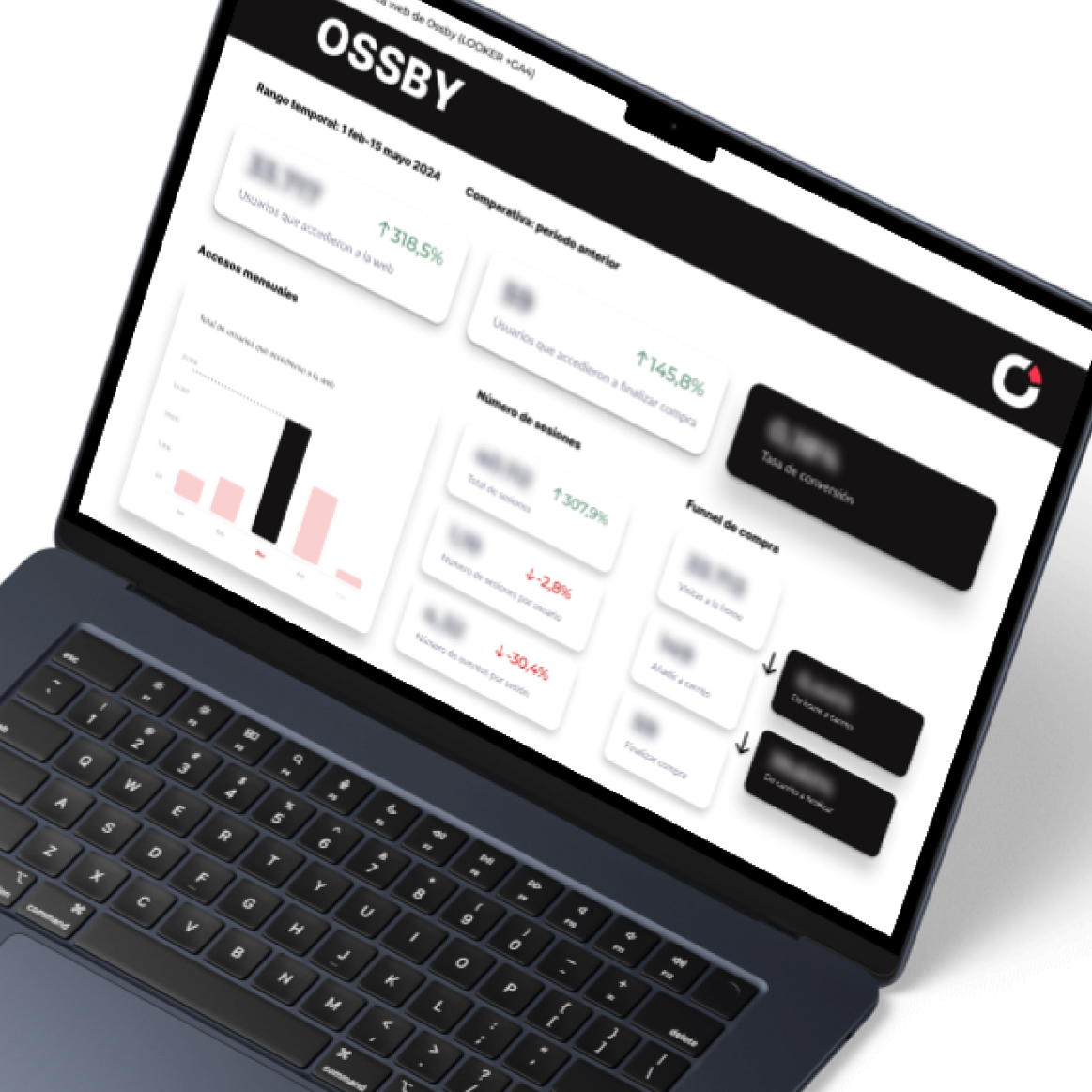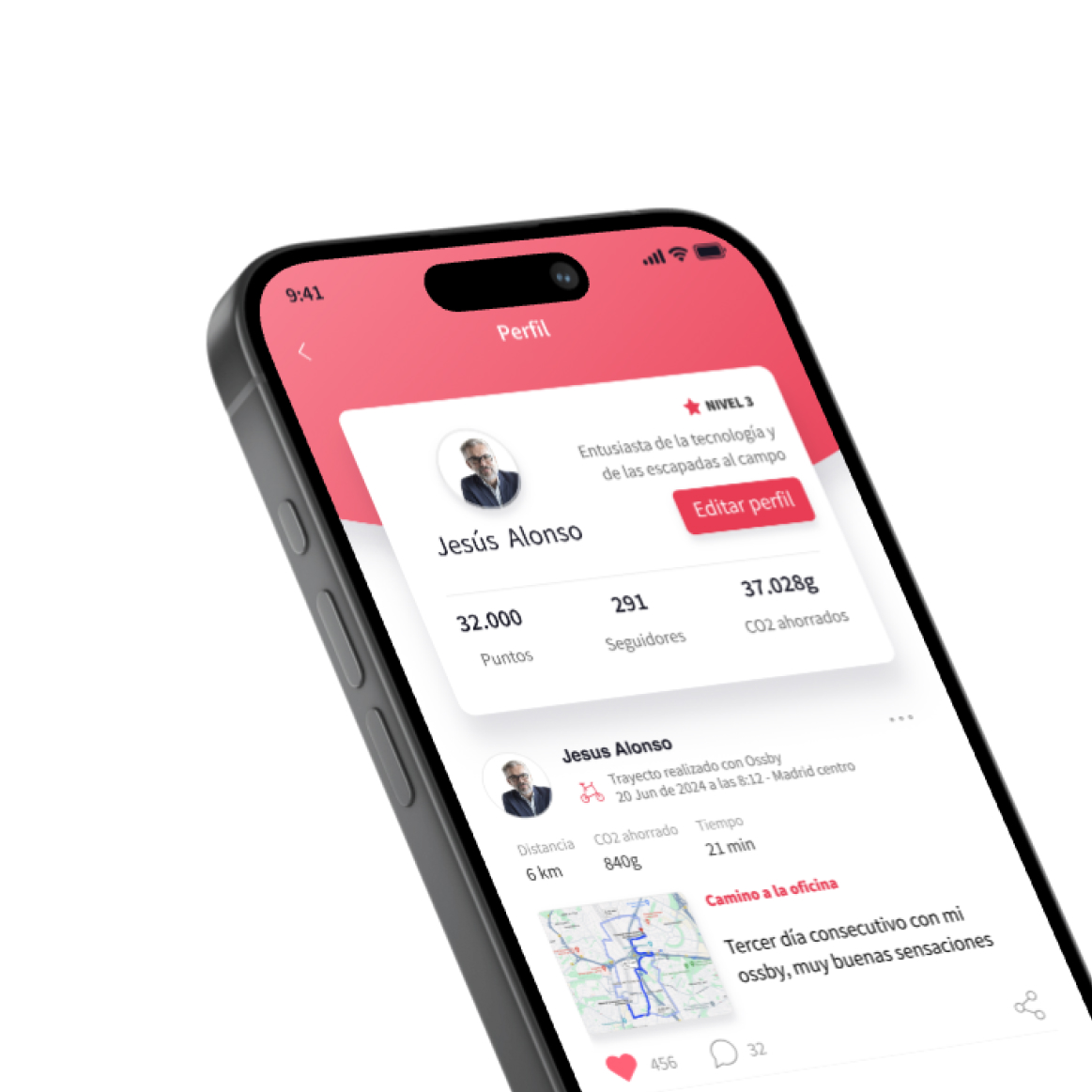A Journey of User-Centric Design and Strategic Optimization
In our master’s program in Data Driven Design and CRO at Gen/D, we were tasked with a comprehensive project involving OSSBY, a company specializing in electric folding bicycles. The market was rapidly evolving, with increasing competition and a growing demand for sustainable urban transportation solutions. Our goal was to enhance OSSBY’s market positioning and improve its e-commerce performance.
To better understand the context and challenges OSSBY faced, we conducted a series of steps:
-
Market Research: We initiated our project by analyzing market trends and competitors. This involved studying the features offered by competing brands, customer preferences, and emerging technologies in the electric bicycle sector. We identified key differentiators, such as design, portability, and user experience, that could influence consumer purchasing decisions.
-
User Research: We conducted interviews and surveys with current and potential OSSBY customers. This qualitative data helped us uncover insights into user needs, pain points, and motivations. We learned that while users appreciated the innovative design, they struggled with the app’s usability and the overall purchasing process online.
-
Heuristic Evaluation: Our team performed a heuristic evaluation of the existing OSSBY app. We assessed its usability based on established principles, identifying critical issues that hindered user experience during navigation, product selection, and checkout processes. Problems included confusing layouts, unclear content, and technical glitches.
-
Analytics Review (GA4): We analyzed the e-commerce performance metrics to understand user behavior and identify drop-off points in the conversion funnel. This quantitative analysis highlighted specific areas where users abandoned their carts and revealed patterns in user engagement.
Key Problems Identified
Through our research, we identified several core problems that required immediate attention:
-
App Usability Issues: The existing application lacked intuitive navigation, making it difficult for users to find information about products and features. Users expressed frustration with the app’s design, indicating a need for a more streamlined interface.
-
Conversion Rate Challenges: We discovered that the conversion rate was low, with significant drop-offs during the checkout process. Complex requirements, such as mandatory selections and limited payment options, contributed to cart abandonment.
-
Brand Recognition: Despite having a unique product, OSSBY struggled with brand visibility. Many potential customers were unaware of the brand’s existence or its unique selling propositions. This inhibited their ability to compete against more established brands in the market.
Learning from the Process
Through these steps, we gained a comprehensive understanding of OSSBY’s challenges. Our user-centered approach allowed us to pinpoint specific areas for improvement and informed the strategic recommendations we presented for redesigning the app and optimizing the e-commerce experience. This foundation of qualitative and quantitative insights was crucial for developing effective solutions that could enhance user experiences and drive sales.
Proposed Solutions
Redesign of the Mobile Application:
-
Advanced Features: We developed capabilities such as environmental impact measurement and options to adjust the bike’s power for a more intuitive and efficient use.
-
Gamification: We created a points and rewards system to foster engagement and effectively retain users.
- Community: Creation of a community so users can feel connected and share their achievements and experiences.
Conversion Rate Optimization (CRO) Strategies:
-
Usability Analysis: We conducted a heuristic analysis to identify and eliminate obstacles in the online purchasing flow, such as mandatory selections of specific products and issues with payment methods.
- Behavioral design: We applied different sets of cognitive biases and nudges to the website, helping customers in making their decisions and improving conversion.
-
User Experience Enhancements: We applied design principles that highlighted OSSBY’s main selling proposition, its folding system, aligning it with the expectations and needs of the identified buyer persona.
Concluding the project.
We developed a cost impact matrix. This matrix allowed us to evaluate proposed changes based on their potential impact on user engagement and sales against their associated costs. By categorizing each initiative, we prioritized those that offered the highest return on investment and aligned best with OSSBY’s strategic objectives. This systematic approach ensured that resources were allocated efficiently and effectively, maximizing the benefits of our redesign and optimization efforts. We aimed to create a holistic solution that not only addressed the immediate challenges OSSBY faced but also positioned the brand for long-term growth in the competitive market of electric folding bicycles. Throughout the project, we maintained a collaborative approach and a commitment to user-centered design, ensuring that our final outcomes would resonate with both current and potential customers.


